House for end of life has huge benefits
House for the end of life
When the personality of a place for end of life makes a positive impression on the people who occupy it then something special is achieved.Some of the earliest hospitals were in Mesopotamia or were Buddhist monasteries in India and Sri Lanka. These places were more creative and community based compared to most of the health architecture today. Writing near the end of the first century Roman architect Vitruvius Pollio identified three elements necessary for a well-designed building: firmitas, utilitas, and venustas. Firmness or physical strength secured the building's structural integrity. Utility provided an efficient arrangement of spaces and mechanical systems to meet the functional needs of its occupants. And venustas, the aesthetic quality associated with the goddess Venus, imparted style, proportion, and visual beauty. Henry Wotton, a seventeenth century translator, translates these to “firmness, commodity, and delight” as the essential components of all successful architectural design.
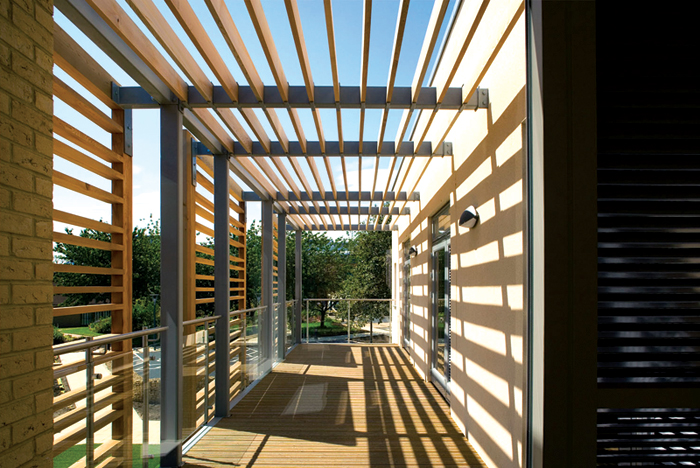
Recent hospice design has caused architects to think about the dignity of the patient and how the creation of the place can improve peoples quality of life. The architectural and interior designs has begun to journey back towards creating places that celebrate people and help connect personality to people and place rather than being overly functional.
The Hospices de Beaune or Hôtel-Dieu de Beaune is a former charitable almshouse in Beaune, France. It was founded in 1443 by Nicolas Rolin, chancellor of Burgundy, as a hospital for the poor. The original hospital building, the Hôtel-Dieu, one of the finest examples of French fifteenth-century architecture. This was a place that provided a home for those that were destitute and in need of help in the local community. A fine historical example of a place being designed for people needs.
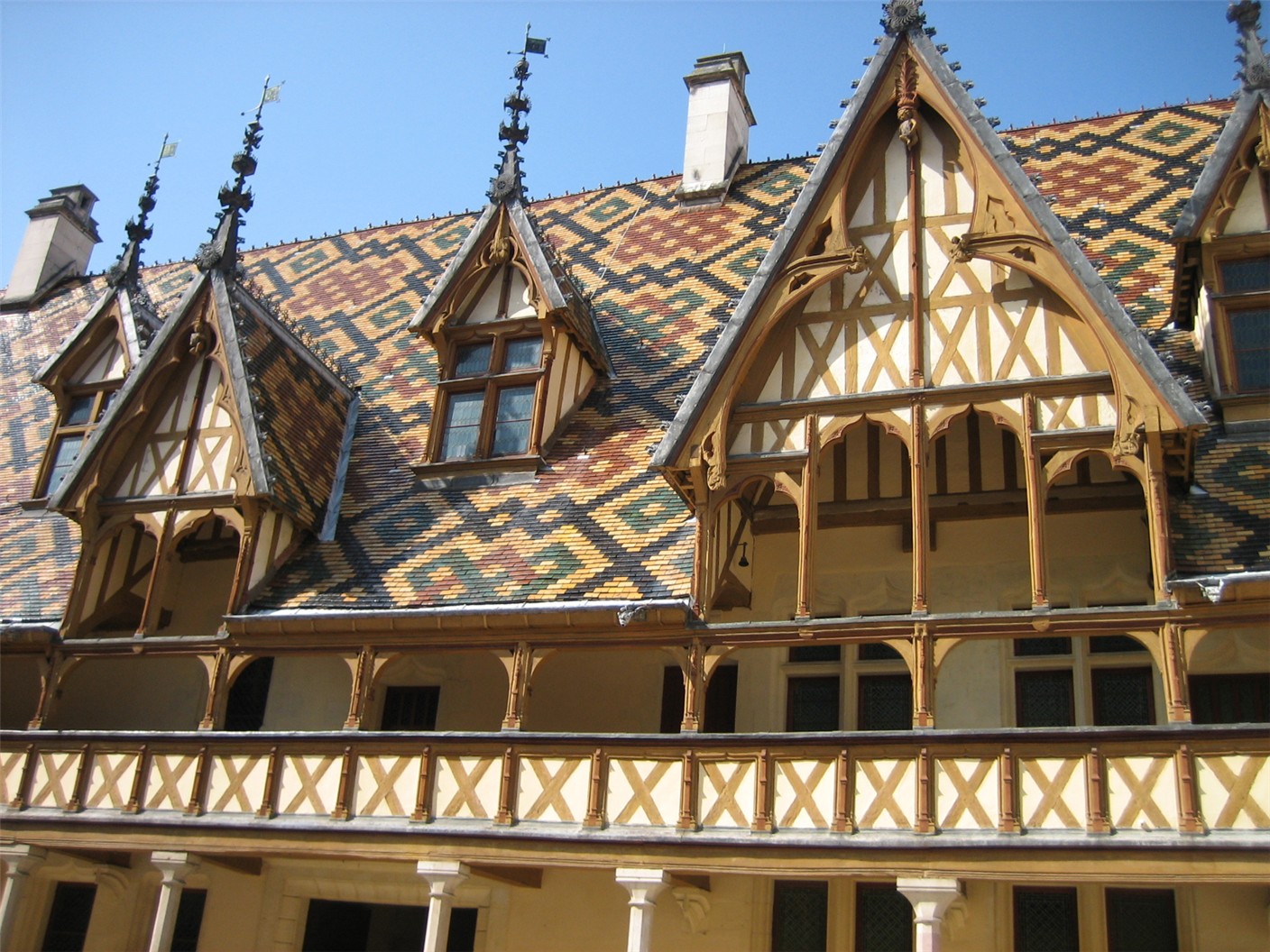
So how can health architecture make a broader stronger connection to personality, people and place today? And can design that picks up on a multi sensory environment begin to influences other areas in society like the workplace and educational environments. When you think about how you could improve someones end of life when they are at their most vulnerable you begin to think differently about how we operate as people in space.
Then along came Maggie. Maggie Keswick Jencks lived with advanced cancer for two years. During that time she used her knowledge and experience to create a blueprint for a new type of care. Maggie’s Centres are built around her belief that people should not “lose the joy of living in the fear of dying”.
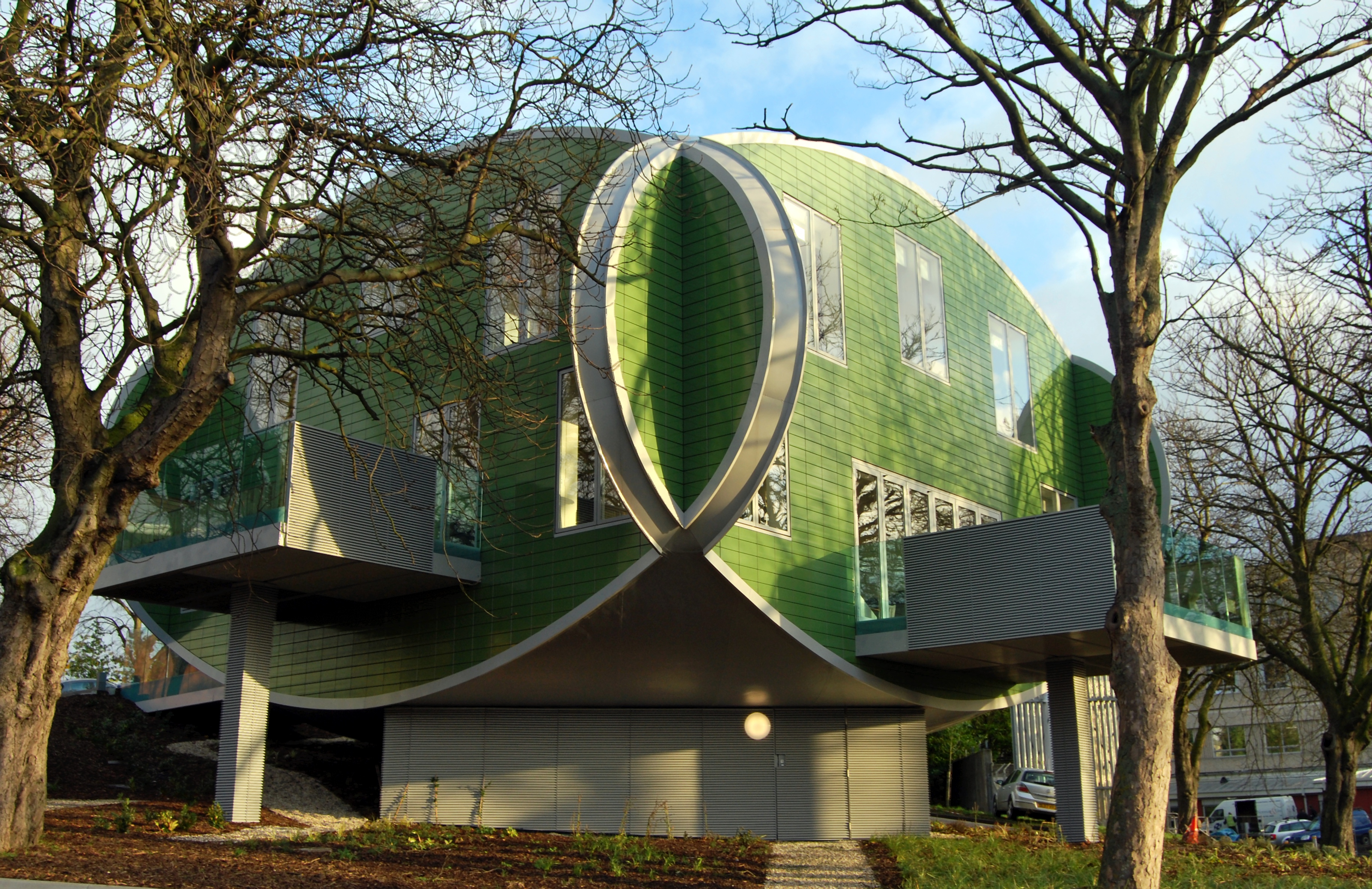
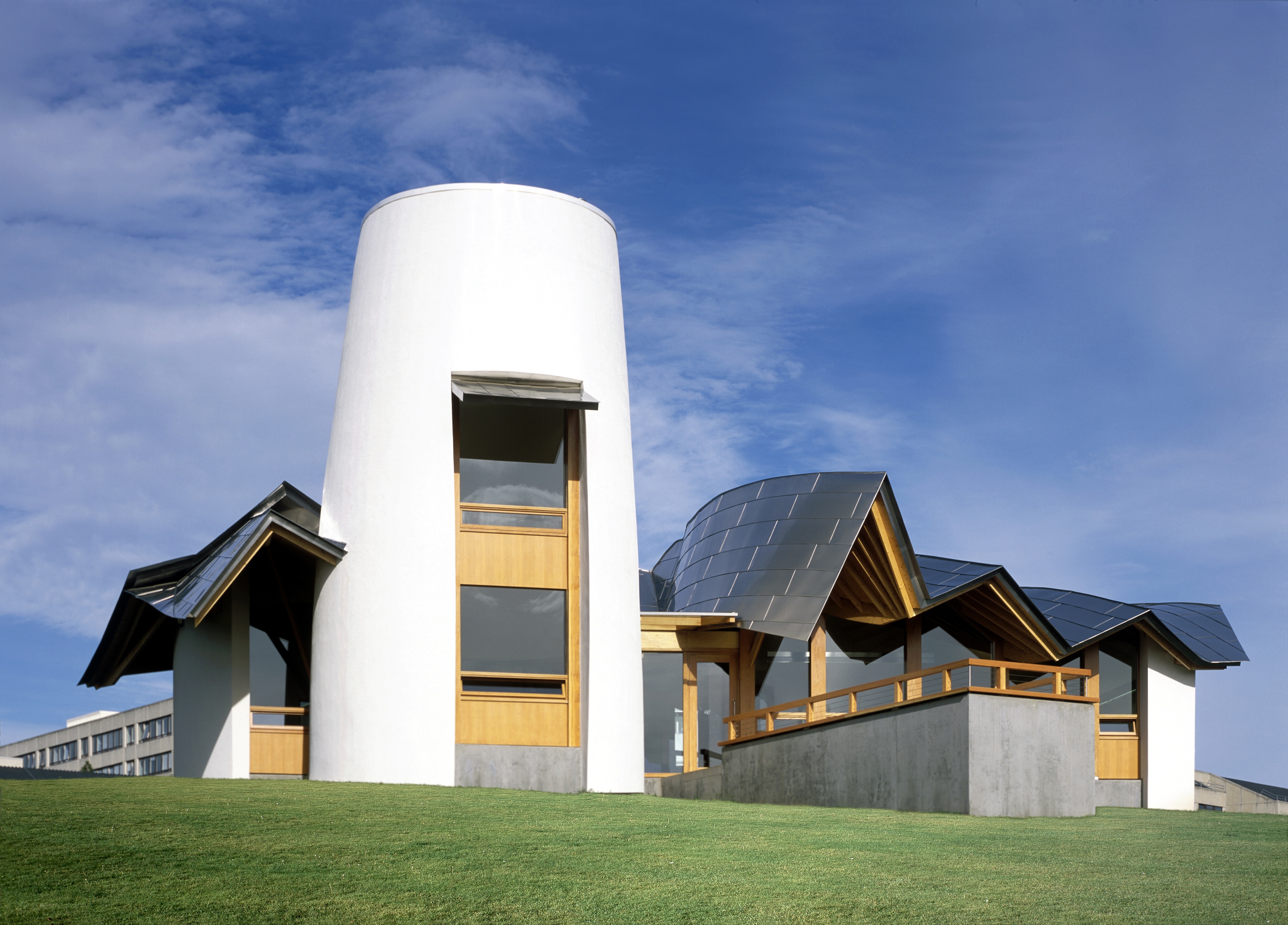
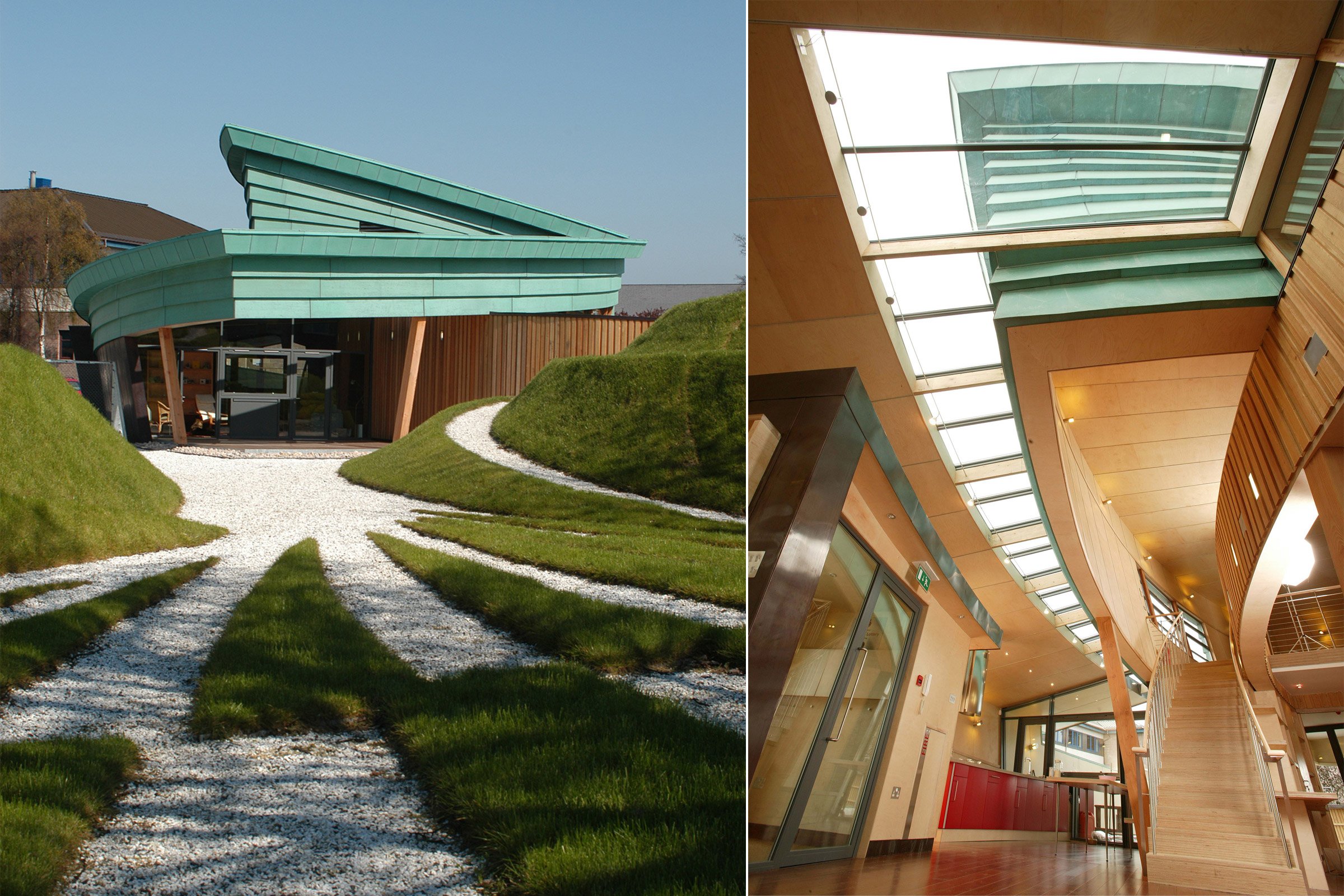
Maggie’s provides free practical, emotional and social support to people with cancer and their family and friends, following the ideas about cancer care originally laid out by Maggie Keswick Jencks. Built in the grounds of NHS cancer hospitals, Maggie’s Centres are places with professional staff on hand to offer the support people need. “Our Centres are places to find practical advice about benefits and eating well; places where qualified experts provide emotional support; places to meet other people; places where you can simply sit quietly with a cup of tea”.
When care, beauty and thought lays the foundation before bricks and mortar then a clever opportunity is seized. Can the pattern and attitude of a house for the end of life impact all built environments in the near future?
A great Radio 4 programme on the matter here...


